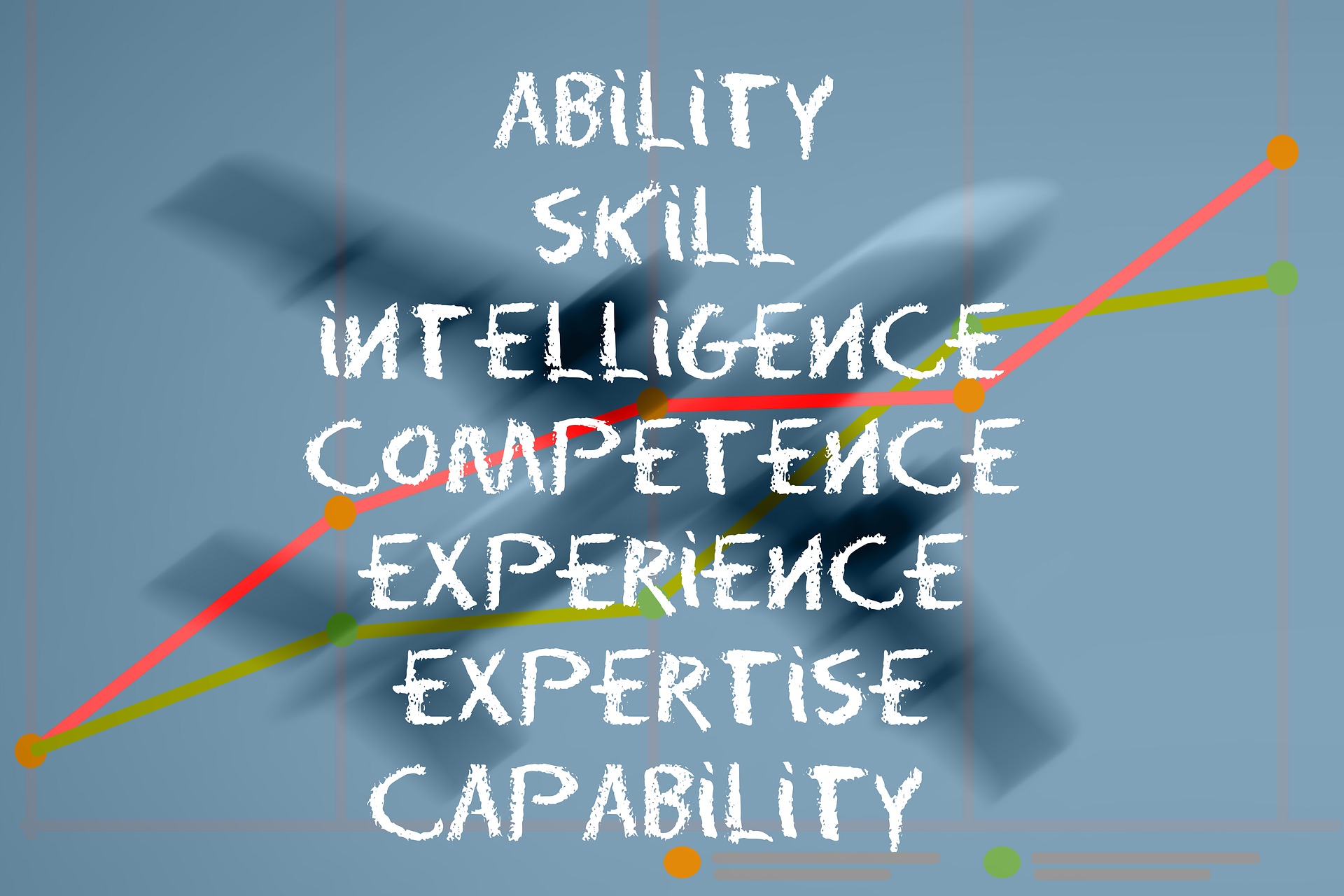Improving performance by developing competence of IT staff
Topics: IT competence Business – IT alignment By Leif Jarle Gressgård
 The competence of IT staff is an important factor that influences the degree to which organizations succeed in aligning business and IT. Organizations should seek to increase IT staff’s understanding of the business environment, the primary business operations, and the business problems within the organization [1]. This may positively influence
The competence of IT staff is an important factor that influences the degree to which organizations succeed in aligning business and IT. Organizations should seek to increase IT staff’s understanding of the business environment, the primary business operations, and the business problems within the organization [1]. This may positively influence
- the degree to which organizations exploit IS to support business operations, business analyses and strategic planning, as well as model alternative courses of action and coordinate across functions.
- the capability of IT departments to perform exploitative and explorative activities simultaneously.
It is also important that IT personnel interact with users and are given opportunities to acquire new technology skills. This may improve daily operations, support effective coordination, and enable analysis of business situations [1]. Organizations should therefore
- create opportunities for IT staff to work closely with users of information systems/technologies,
- facilitate and support cross-functional teamwork (involving IT staff),
- encourage and support the IT staff to closely follow technology trends,
- ensure that there is a plan for acquiring skills in new technology, and that IT staff regularly invest in technical training.
Organizations can increase their ability to anticipate and respond to market dynamics by developing their IT planning capabilities and technical IT skills, invest in IT human resources, and develop their understanding of the possible benefits of IT applications and how IT can be used effectively [2]. However, it is important that organizations are aware the risk of creating organizational rigidity when investing in IT assets and competence. This is especially relevant for organizations operating in environments characterized by high environmental dynamism. Development of IT skills and investments in IT assets should therefore be based on insight in marketplace dynamics, behavior of competitors and customers, and the technical knowledge base of their environment.
In strategy implementation, research has shown that business competence of IT professionals positively influences the capability of organizations to simultaneously purse alignment of formal business and IT structures (i.e. structural alignment), and collaboration between business and IT departments (i.e. social alignment) [3]. This, again, is positive for organizations’ abilities to sense and react to external changes rapidly and effectively. Organizations should therefore seek to develop the business competencies of IT professionals, involving their abilities to [4]:
- learn about and increase their knowledge of business functions
- interpret business problems and develop appropriate technical solutions
- understand the business environment.
References / sources:
- A study of IS assets, IS ambidexterity, and IS alignment: The dynamic managerial capability perspective.
Tai, J.C.F., Wang, E.T.G. & Yeh, H-Y. (2019). Information & Management, 56(1). - Information technology competencies, organizational agility, and firm performance: Enabling and facilitating roles.
Chakravarty, A., Grewal, R. & Sambamurthy, V. (2013). Information Systems Research, 24(4). - Understanding employee competence, operational IS alignment, and organizational agility – An ambidexterity perspective.
Zhou, J., Bi, G., Liu, H., Fang, Y. & Hua, Z. (2018). Information & Management, 55(6). - Critical skills and knowledge requirements of IS professionals: A joint academic/industry investigation.
Lee, D.M.S., Trauth, E.M. & Farwell, D. (1995). Management Information Systems Quarerly, 19(3).
Image by Gerd Altmann from Pixabay.